Before and After Gallery
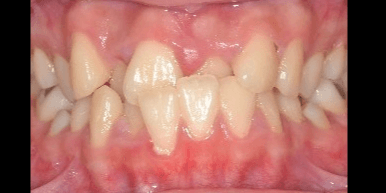

Crowded Teeth
Crowded teeth or overcrowding takes place when the jaw bone is too small for teeth to grow into the mouth on a straight trajectory. As a result, the teeth need to rotate and overlap against each other to fit in, creating crookedness and malalignment.
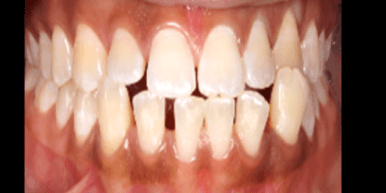
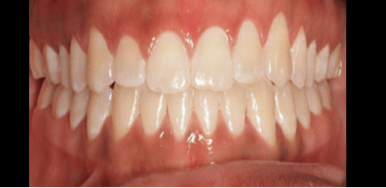
Irregular Spacing
Like a jigsaw puzzle, teeth needs to be in a certain shape and size to have the best fit against each other.
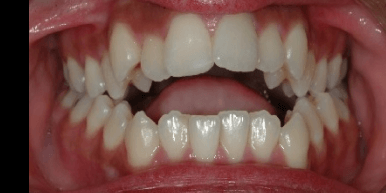
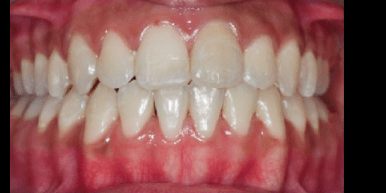
Open Bite
An open bite occurs when the front upper and lower teeth slant in an outward direction, preventing them from touching each other when the patient bite down.
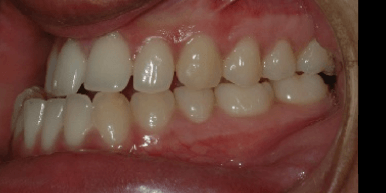
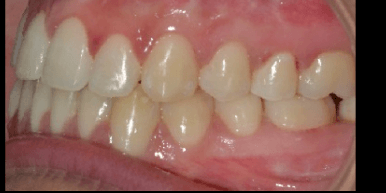
Under Bite
The opposite of an overbite, an underbite is seen when the lower teeth along the lower jaw protrude out further than the upper front teeth. Underbites are also often the product of incorrect jaw alignment.
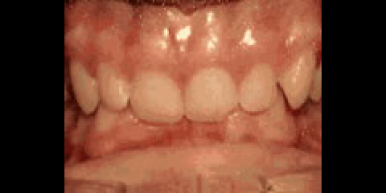
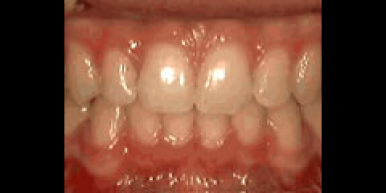
Deep Bite
An overbite is evidenced when the upper jaw and teeth are extend too far over the teeth on the lower jaw resulting in the appearance of protrusive upper lip and teeth, or buck teeth. Overbite is the result of a mismatch in the size between upper and lower jaw bone sizes, with an abnormally small lower jaw bone being the most common.


Crossbite
A crossbite occurs when a tooth (or several teeth) is situated too close to the cheek or tongue than the tooth it should align with in either the upper or lower jaw. As a result, the teeth involved in the crossbite are not able to bite against each other normally, creating an interference in the bite during chewing.
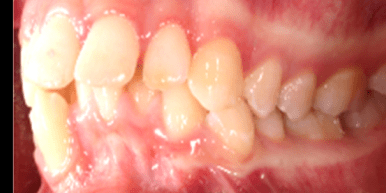

Over Bite
A deep bite occurs when there is too much overlapping between the top and bottom front teeth.